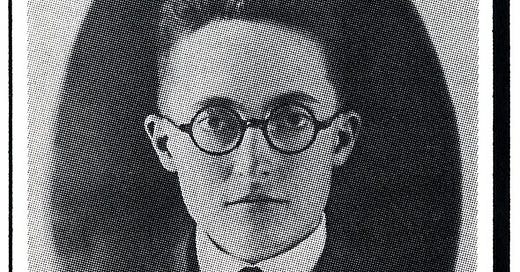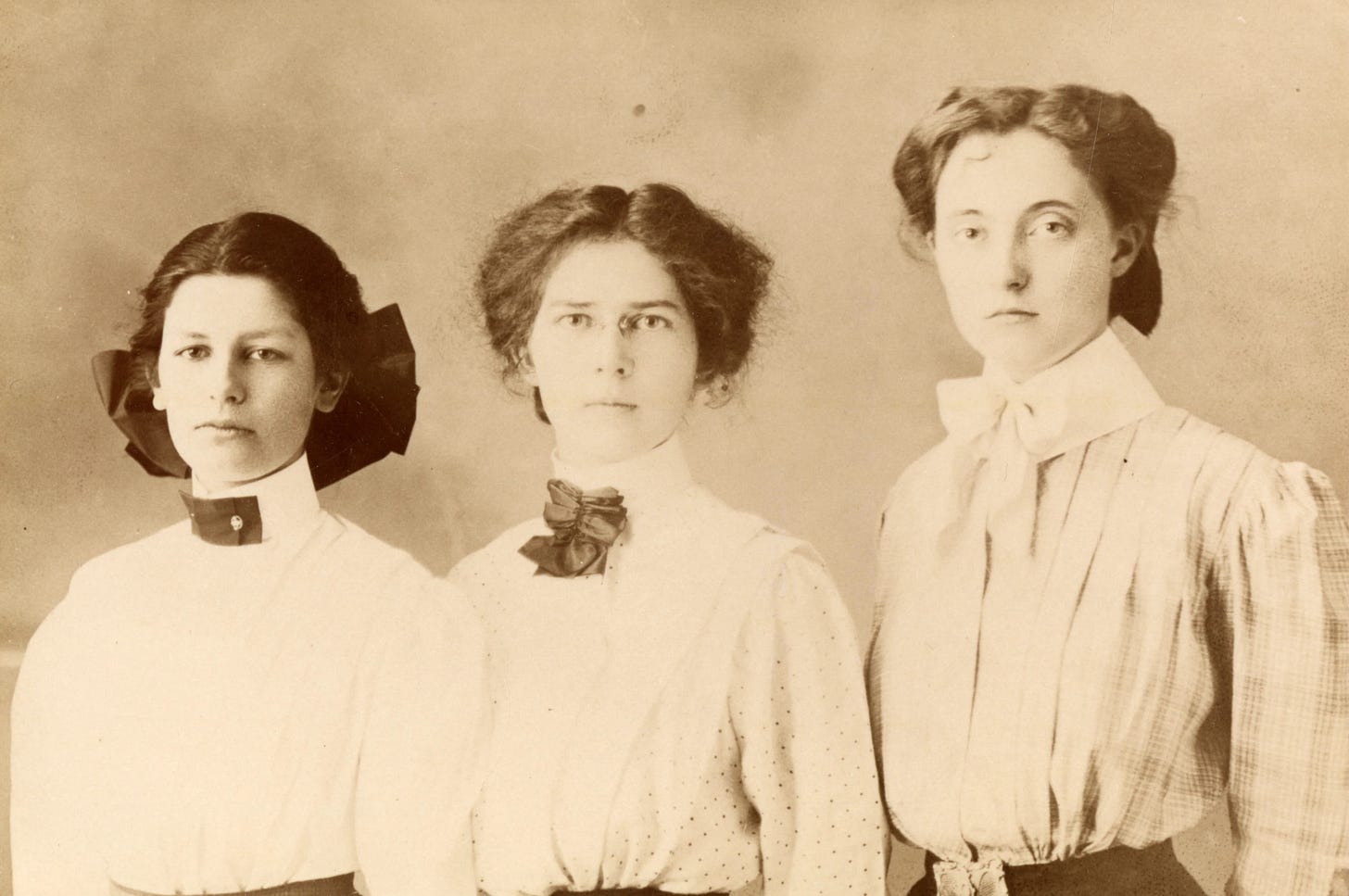The story of the transgender doctor who saved countless lives
After transitioning in 1917, Alan L. Hart helped alter medical history
Alberta Lucille Hart, originally known as Lucille, had just graduated top of her class at the University of Oregon Medical School in 1917 when she walked into her professor’s office and confided in her secret.
Lucille initially sought help for phobias from Doctor J. Allen Gilbert, professor and psychiatrist at University of Oregon Medical school. Suspecting Hart was hiding a deeper secret, Gilbert encouraged her to confide in him. Two weeks later Lucille told Dr. Gilbert her entire life story.
Hart, since childhood, had secretly identified as male and been attracted to women. Though she covertly dated several women throughout college, she largely kept her feelings hidden. Hart often secretly fantasized about marrying her female high school teacher—reveries in which she also saw herself as a man.
A talented writer, photographer and mandolinist, Hart graduated high school as salutatorian in 1908. She enrolled at Albany College, transferring to Stanford University in 1910. There, Hart entered the premedical department, joined numerous organizations and founded the school’s first ever women’s debate club. She enrolled at the University of Oregon Medical School in 1913. Four years later Hart graduated at the head of her class, the first woman to earn the coveted Saylor medal for being the top scholar in each of the school’s departments.
Alberta Lucille Hart Becomes Alan L. Hart
When Lucille Hart sought psychiatric help from Gilbert, she attempted to convert herself into a “conventional” woman. Therapy failed. Hypnosis failed. Finally, Hart halted the process—if the conversion worked, she realized, she would no longer think, feel or act like a man. And that thought repulsed her.
“Suicide had been repeatedly considered as an avenue of escape from her dilemma,” Gilbert later wrote in his 1920 case study “Homo-Sexuality and Its Treatment,” in which he referred to Hart anonymously as “H.”
“After treatment ... proved itself unavailing, she came with the request that I help her prepare definitely and permanently for the role of the male in conformity with her real nature all these years...,” Gilbert continued. “Hysterectomy was performed, her hair was cut, a complete male outfit was secured and ... she made her exit as a female and started as a male with a new hold on life and ambitions worthy of her high degree of intellectuality.”
In November 2017 Alan Hart landed an internship at San Francisco hospital. Standing at 5 foot 4 inches and weighing 120 pounds, Alan socialized well with his colleagues, smoking, drinking, playing cards and doing the things expected of men at that time. He was romantically involved with a woman named Inez Stark, though they weren’t married yet.
And then all hell broke loose for Alan Hart.
Media Uproar
“Girl Poses as Male Doctor in Hospital,” roared the headline of an article in the February 5, 1918, edition of the San Francisco Examiner. “Intern Unmasked as Girl Graduate of Oregon School,” reported Portland’s Oregon Daily Journal on the same day. “Woman Poses as Man Intern in Hospital at Frisco,” echoed the Austin American on February 6.
As it turns out a former classmate recognized Hart while applying for an internship at the same hospital. The news had made its way up to the hospital superintendent who reported it to the media. Hart resigned his internship and moved back to Oregon but stood by his decision to transition to male.
As Dr. Hart wrote in the March 26, 1918, edition of the Albany Daily Democrat:
I had to do it. For years I had been unhappy. With all the inclinations and desires of the boy I had to restrain myself to the more conventional ways of the other sex. I have been happier since I made this change than I ever have in my life, and I will continue this way as long as I live. Very few people can understand…, and I have had some of the biggest insults of my career…. I came home to show my friends that I am ashamed of nothing.
Between 1918 and 1927, Dr. Hart worked in at least seven states, married and divorced Inez Stark, then graduated from the University of Pennsylvania with a Master’s in Radiology in 1928. Dr. Hart bounced from state to state as the scandals about his life continued to pursue him.
Dr. Alan Hart Pioneers Tuberculosis Detection Method
Despite the scandalous nature of his life, Dr. Hart became a radiologist because he believed that his personality would not matter in a laboratory setting. At the time tuberculosis was a highly infectious and socially stigmatizing disease where patients were locked away from the world in TB asylums.
Dr. Hart pioneered a method of using chest x-rays to detect TB even in asymptomatic patients. At the time one in four hospital patients had TB, and thanks to Dr. Hart doctors were able to treat patients before they had complications. In addition they were able to separate TB patients from the others which was very important in order to stop the spread.
As a victim of social stigmatization himself, Dr. Hart was empathetic towards the cause of TB patients which no doubt drove his own research into the disease. Doctors still use Dr. Hart’s methods of TB detection to this very day.
After working with TB patients in Washington State and Idaho, Dr. Hart moved to Connecticut where he earned a Master’s Degree in public health at the age of 57. His interest in radiology and public health helped create other public health programs across the country. He lived out the rest of his life with his second wife Edna Ruddick in Hartford, Connecticut where he died from heart disease in 1962. Six years later Edna Ruddick Hart died, leaving the majority of her estate to the Medical Research Foundation of Oregon in honor of her late husband.
Hart’s story was unearthed by historian Jonathan Katz in 1976 when he was researching Dr. Gilbert’s case studies and came across the story of “H”, without whom Dr. Hart’s contribution to modern medicine and public health would remain unknown.
“When uncovering the story of someone from the past, especially someone from the early 20th century—someone who, today, we would identify as transgender,” says Peter Boag, a history professor at Washington State University and an award-winning LGBT historian, “we have to remember that, although the trans identity is recent in history, people often forget that trans people lived in the past. Uncovering the story of any trans person is not just something that affirms trans people’s existence today. It rewrites our history.”
I hope you enjoyed reading the story of Alan Hart as much as I did in writing it. If you did please consider spreading the word about Woke AF!







